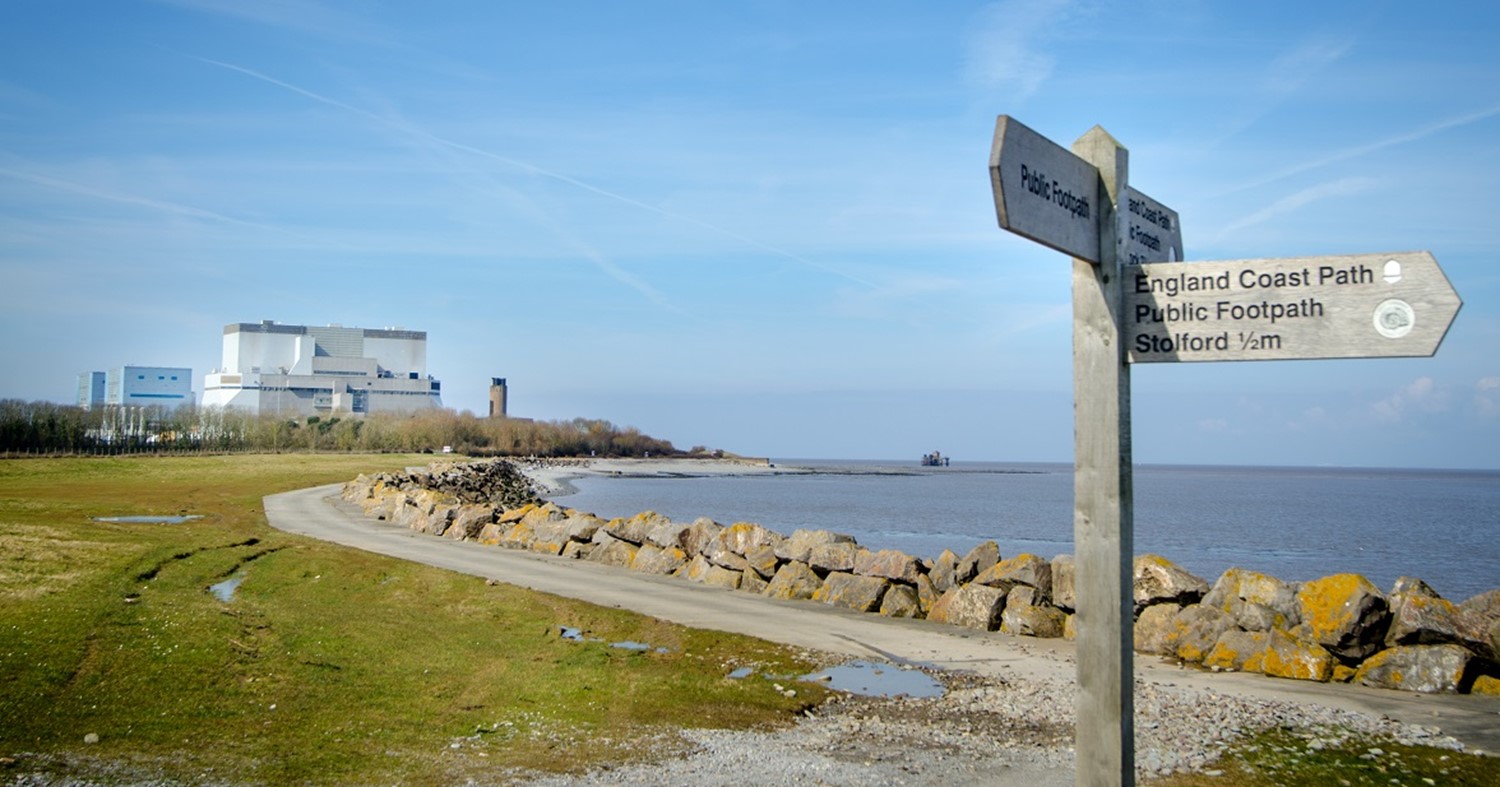A release box containing about 15 million sterile male fruit flies is loaded into a Cessna aircraft for release over Colima, Mexico, earlier this year. (Photo: DGSV SENASICA)
Mexican authorities announced last week that the Mediterranean fruit fly, more commonly known as the medfly, had been successfully eradicated in the state of Colima using a nuclear technique described by the International Atomic Energy Agency (IAEA) as “birth control for pests.” Mexico used the sterile insect technique (SIT) in cooperation with the IAEA and the Food and Agricultural Organization of the United Nations (FAO) to protect fruit and vegetable crops, farmers’ livelihoods, and the country’s economy.
Artist’s rendering of the Westinghouse Electric AP1000 modular reactor. (Image: Westinghouse)
New and immersive internship and development opportunities are being offered through a partnership of Westinghouse Electric Company and the Ukrainian nuclear energy utility Energoatom. Beginning this autumn, more than 60 opportunities will be available for Ukrainian nuclear energy professionals and graduate-level students.
This landscape speckled with glittering stars is the edge of a nearby, young, star-forming region called NGC 3324 in the Carina Nebula. Captured in infrared light by NASA’s new James Webb Space Telescope, this image reveals for the first time previously invisible areas of star birth. (Photo: NASA)
ANS’s August 4 online event “The New Space Race is Going Nuclear” featured several expert panelists who discussed the growing importance of nuclear technologies in space commercialization and exploration. Although nuclear energy has long played a role in space missions, participants discussed the latest exciting developments in the space nuclear field and presented their views on how increased application of nuclear technologies could fundamentally transform the ways in which both crewed and uncrewed space missions are carried out.
Rendering of the proposed GEH Nuclear Energy BWRX-300 SMR at the Clinch River site. (Image: GE Hitachi)
The Tennessee Valley Authority and GE Hitachi Nuclear Energy (GEH) have signed an agreement to support planning and preliminary licensing for the potential deployment of a BWRX-300 small modular reactor at the Clinch River site near Oak Ridge, Tenn., the utility’s president and chief executive officer, Jeff Lyash, announced last week.
An evolution of GEH’s 1,520-MWe Generation III+ ESBWR design, the BWRX-300 is a 300-MWe water-cooled, natural-circulation SMR with passive safety systems.
The CANDU reactors at Qinshan. (Photo: Wikimedia/Atomic Energy of Canada Limited)
SNC-Lavalin subsidiary Candu Energy recently announced that it is engaged in pre-project design and engineering work at the Qinshan Phase III nuclear power station in China’s Zhejiang Province with Third Qinshan Nuclear Power Company (TQNPC), the plant’s operator.
EDF Energy’s Hinkley Point B nuclear power station, in Somerset, England. (Photo: EDF Energy)
By all accounts the most productive nuclear power plant in British history, Somerset’s Hinkley Point B station closed for good on August 1, with the shutdown of its B1 unit, a 485-MWe advanced gas-cooled reactor. (The plant’s B2 unit, a 480-MWe AGR, was shuttered early last month.)
The station employed around 500 staff and 250 contractors and contributed approximately £40 million (about $48.7 million) per year to the Somerset economy, according to EDF Energy, owner and operator of the United Kingdom’s power reactor fleet.
Pictured during a tour of the EBR-II site are, from left, Robert Boston, DOE-ID manager; Rep. Mike Simpson (R., Idaho); Secretary Granholm; Director Wagner; and Marianne Walck, INL deputy laboratory director for science and technology. (Photo: INL)
Energy Secretary Jennifer Granholm visited Idaho National Laboratory on August 3 to meet with INL staff, including director John Wagner, as she toured key research facilities on INL’s 890-square-mile site and the lab’s campus in Idaho Falls.
Unit 3 at the Vogtle site in July 2022. (Photo: Georgia Power)
The Nuclear Regulatory Commission has authorized Vogtle plant operator Southern Nuclear to load fuel and begin operation at Unit 3—the first reactor to reach this point in the agency’s combined license process. (Prior to 1989, reactors were licensed under a two-step process, requiring both a construction permit and an operating license.)
A contamination suit provided by the EM Nevada Program is on display in the new exhibit at the National Atomic Testing Museum. (Photo: DOE)
The Department of Energy’s Office of Environmental Management (EM) celebrated the opening of a new exhibit at the National Atomic Testing Museum in Las Vegas during a ceremony on August 2.
Created through a partnership between EM and the museum, the permanent exhibit, “Beyond the Manhattan Project: Cleaning up the Legacy of America’s Nuclear Defense and Research Missions,” offers a visual display of EM’s critical work to clean up sites across the country impacted by five decades of nuclear weapons production and government-sponsored nuclear energy research.






 At the recent ANS Annual Meeting, Andrew Klein, past ANS president (2016–2017), professor emeritus of nuclear science and engineering at Oregon State University, and the current editor of ANS’s journal Nuclear Technology, announced his retirement at the end of his term in June 2023. ANS is looking for qualified members who are interested in becoming the next technical editor of the journal. The selected person will be appointed “editor-designate” and will work with Dr. Klein for a period of time before taking over the full editor’s role.
At the recent ANS Annual Meeting, Andrew Klein, past ANS president (2016–2017), professor emeritus of nuclear science and engineering at Oregon State University, and the current editor of ANS’s journal Nuclear Technology, announced his retirement at the end of his term in June 2023. ANS is looking for qualified members who are interested in becoming the next technical editor of the journal. The selected person will be appointed “editor-designate” and will work with Dr. Klein for a period of time before taking over the full editor’s role.












